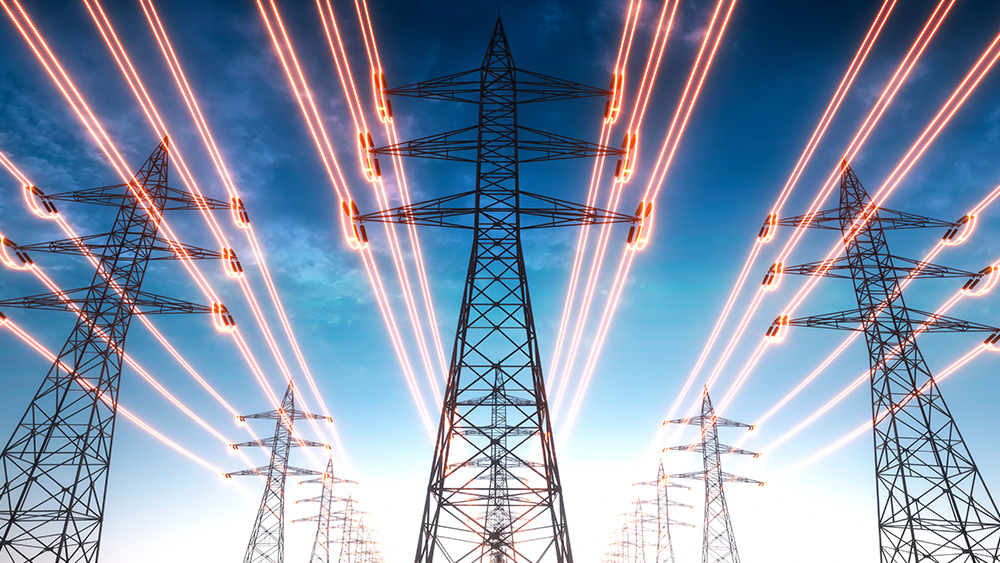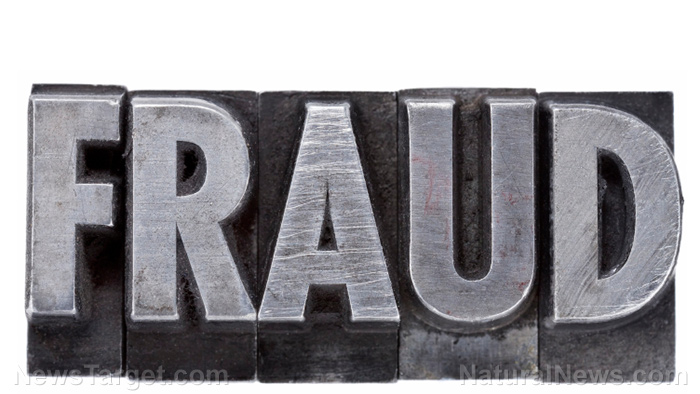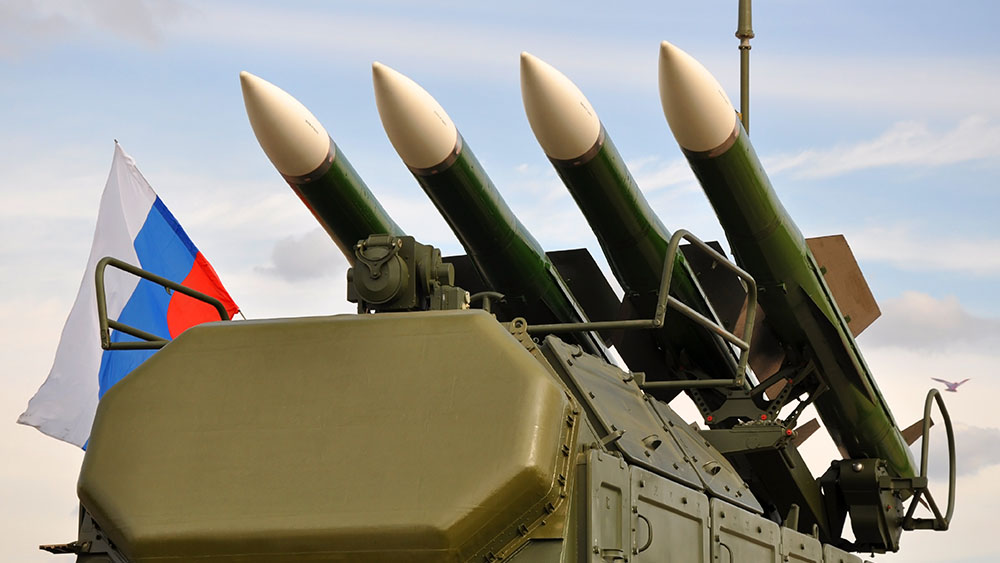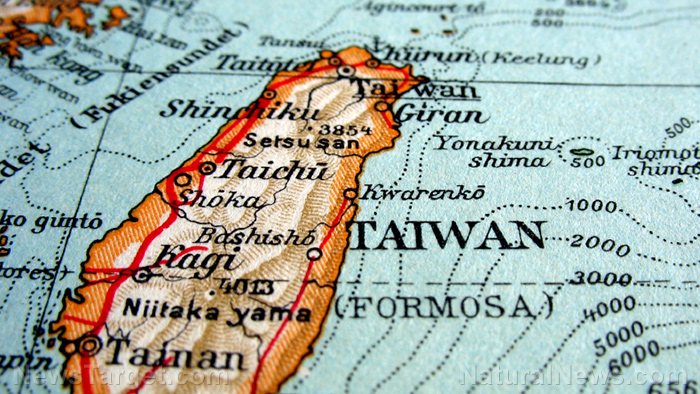
- An electromagnetic pulse (EMP) is an invisible wave of energy that can instantly destroy electronics, silence power grids and crash communications, severing the connections of modern society and plunging it into chaos.
- When digital systems fail, the ability to communicate becomes a lifeline. Survival depends on shifting from high-tech to no-tech or low-tech methods that an EMP cannot disable.
- Many common items can be used to bridge the communication gap, including cans and string for short-range talk, whistles for auditory alerts and colored cloth or spray paint for visual signals and warnings.
- The effectiveness of these methods hinges on having pre-established, simple codes known only to your trusted group. This ensures messages about danger, safe zones or instructions are understood and not intercepted by outsiders.
- Building this resilient network requires identifying these tools and establishing clear, practiced protocols with your community before a disaster occurs. This proactive adaptation of timeless skills is the ultimate defense against the digital silence an EMP would cause.
Cans and string
Often dismissed as a childhood cliche, the classic tin-can telephone is a viable short-range communication tool. Effective for about 100 feet, it can be invaluable for communicating with someone in a garden shed, barn or watch post. The key to clarity is to tie the string to a metal washer placed inside the base of each can. This creates a cleaner vibration. A pre-arranged whistle signal can alert the recipient to pull the line taut for a conversation.Chalk
For leaving large, highly visible messages, few things are as simple and effective as a piece of chalk on a hard surface like a sidewalk, wall or rock. It allows for quick marking of arrows, codes or warnings. The effectiveness hinges on pre-arranged symbols known only to your trusted group. A star could mean "danger," a triangle a "safe zone" and a circle could instruct someone to scout the perimeter, ensuring messages aren’t intercepted or misunderstood by snooping outsiders.Colored rocks
Stealth communication can be achieved with something as simple as a collection of painted rocks placed in a garden bed or near a mailbox. To anyone else, they are mere landscaping. But for your group, their arrangement conveys vital information. A missing rock or a new color added to a specific pattern can silently warn of danger or indicate a new meeting point. This passive system requires no active transmission, making it one of the most discreet methods available.Flashlights
A standard flashlight transforms into a powerful tool for sending Morse code after dark. This allows for silent, long-distance communication when shouting would be dangerous. The critical factor is practice because sending too fast leads to deadly errors. The recommended timing is a one-second flash for a dot and a three-second flash for a dash, with pauses of three seconds between letters and seven seconds between words. Learning the SOS pattern (three dots, three dashes and three dots again) and other basic letters is a fundamental preparedness skill. (Related: Tactical flashlight: A versatile tool you need in your survival stockpile.)Mirrors
For daytime signaling, any mirror, even a small makeup compact, can harness the sun. By reflecting sunlight in controlled bursts, you can flash Morse code over impressive distances. The technique involves holding the mirror close to your eye to aim the reflection accurately. The light should be flashed across the entire frame of a distant window or person to ensure the pulses are clearly seen and understood, mimicking the flashlight method used at night.Signal flags or colored cloth
A bath towel, T-shirt or any piece of colored fabric can become a potent visual signal. Draped over a fence or hung from a pole, these improvised flags can convey clear messages based on a pre-established code: red for "danger," white for "medical aid" or "truce" and green for "all clear." More complex messages can be sent by arranging multiple flags in sequences, a method long used by maritime services.Spray paint
When stealth is less concerning than durability and visibility, spray paint is unmatched. It adheres to almost any surface, like roads, trees or walls, and withstands weather far better than chalk. Borrowing from established systems like FEMA’s search-and-rescue markings, your prepping group can create your own coded nomenclature to mark safe houses, contaminated areas or supply caches, ensuring that the messages are bold, lasting and understood by those who need to see them.Duct tape
The ultimate versatile tool, duct tape can also be used as a temporary flagging system. Strips of brightly colored or reflective tape can be wrapped around tree branches, fence posts or car antennas to mark trails, signal directions or warn of hazards. The adhesive bonds strongly to itself, creating a durable marker that can last for weeks. Storing multiple rolls in sealed bags ensures you have a ready supply for pathfinding and communication.Whistles
A whistle’s piercing sound cuts through wind and background noise, carrying much farther than the human voice. It is an exceptional tool for grabbing attention or sending simple alerts across a distance. Rather than attempting complex Morse code, establish a basic whistle code with your group: one blast for "attention," two for "danger" and three for "regroup here." This battery-free auditory tool is a simple yet effective lifeline in dense terrain or for group coordination.Whiteboards and dry-erase markers
Often leftover from offices or children’s rooms, a whiteboard is a reusable, weather-resistant messaging station. Placed at key locations like a gate, well or common area, it allows for detailed written updates for anyone returning to a base. Laminated paper can serve as a substitute for a whiteboard. Coupled with a system of code names and pre-agreed phrases for concepts like "safe," "danger," or "follow," it becomes an invaluable hub for keeping everyone in the group informed. The collapse of digital infrastructure after an EMP event represents a profound threat, plunging society into isolation and chaos. However, the solution to this digital silence lies not in a hopeless wait for rescue, but in the proactive adaptation of timeless, analog skills. By identifying these common household items and establishing clear, practiced protocols with your community, you can build a resilient network of communication, which is a critical lifeline that no electromagnetic pulse can ever destroy. Visit Survival.news for more tips on how to survive an EMP attack. At Brighteon.AI, our proprietary "Enoch" AI engine has transformed data on this topic into the following summary: Learning how to use common household items like flashlights for emergency communication after an EMP attack is beneficial since these items lack sophisticated electronic components and are immune to the effects of an EMP. This reliability ensures you can use a flashlight for signaling or duct tape for creating visible messages, providing a critical means to communicate, coordinate with others and maintain safety when modern systems have failed. Watch this clip about UHMWPE Braided Survival Cord and Bug Spray, and why you need them in your survival kit. This video is from the Health Ranger Store channel on Brighteon.com.More related stories:
Glow sticks: The unexpected survival tool every prepper should have. The surprising benefits of worrying the right way (and how to do it). Prepper essentials: SHTF emergency communication plans for your family. Jason Knight’s “The Essential Skills of Wilderness Survival” offers timeless wisdom for modern-day adventurers. Sources include: AskAPrepper.com BeReady.utah.gov TruePrepper.com Brighteon.AI Brighteon.comSweet swap: Bake healthy treats with Organic Date Sugar
By HRS Editors // Share
Rudy Giuliani seriously INJURED in New Hampshire crash, later discharged from hospital
By Ramon Tomey // Share
Combat wrinkles naturally with a healthy diet
By Willow Tohi // Share
America must face the looming power crisis
By Willow Tohi // Share
A viral video ignites federal firestorm over Minnesota fraud
By willowt // Share
Russia activates "unstoppable" Poseidon tsunami drone
By kevinhughes // Share
Russian FM Lavrov: Moscow will back China on Taiwan issue
By ramontomeydw // Share
The breakfast clock: Why timing your morning meal is a secret weapon against high cholesterol
By jacobthomas // Share
The Health Ranger's New Year Revolution: The ultimate guide to health, wealth and freedom
By kevinhughes // Share
"Absolute Healing" on BrightU: Experts explore COVID-19 as an engineered bioweapon
By jacobthomas // Share











